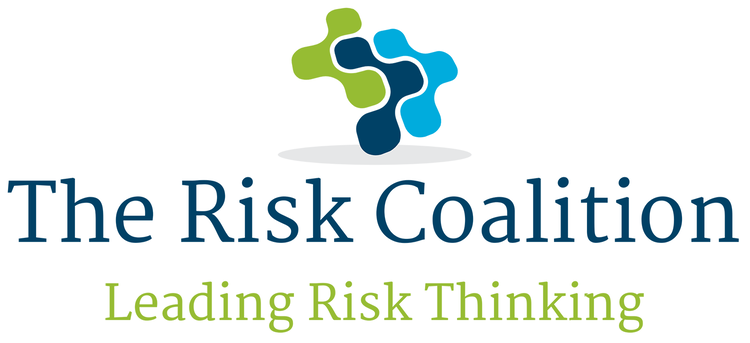Most risk registers will feature some mention of stakeholder risk, be it supplier contracts, customer relationships or strategic alliances. The stakeholder group which is often overlooked is that of employees. These risks are often seen as largely operational and not strategic and therefore may not be actively and regularly reviewed by the board. Covid-19 has heightened the need for a far more holistic and strategic view of employee risk management which includes hybrid working and remote management.
Attracting, recruiting and retaining talent is central to an employee risk and its mitigations, which can incorporate employer branding and management development. But not every employee presents a risk which would strategically damage the organisation. Focus is critical, whether the spotlight is on specific flight risks such as CEO, Board Chair and/or executive directors, or on key roles such as major client relationship managers or those individuals with specialist skills or experience. Creating a high performing team which is engaged, productive and values-led when not in the office is crucial. Designing an explicit risk with mitigations about employees not only crystalises the operational challenges for board understanding but also helps guide the executive team in managing employee risk.
Post Covid-19, employee mental health is part of this risk and many organisations have strengthened their employee welfare, either internally via mental health champions, manager coaching or by outsourcing to an employee assistance provider. Significant and strategic absence risks due to sickness or fatigue, isolation or caring responsibilities should be considered. The importance of internal communications is paramount in the implementation of agile working and creation of a new working environment alongside the appropriate health and safety precautions.
The chair of the nomination committee is an important board role when it comes to ensuring board effectiveness and vitality via the recruitment and development of independent board directors. Many UK nomination committees now encompass aspects of people and culture such as talent management, succession and diversity. The activities of the nomination committee on employee oversight should be reflected in this risk and its mitigations for optimum alignment.
Jenny Simnett is interim vice chair and chair of the nomination and remuneration committee at Tower Hamlets Community Housing in London. She is researching strategic value from nomination committees in UK-listed companies for her PhD at Henley Business School.

